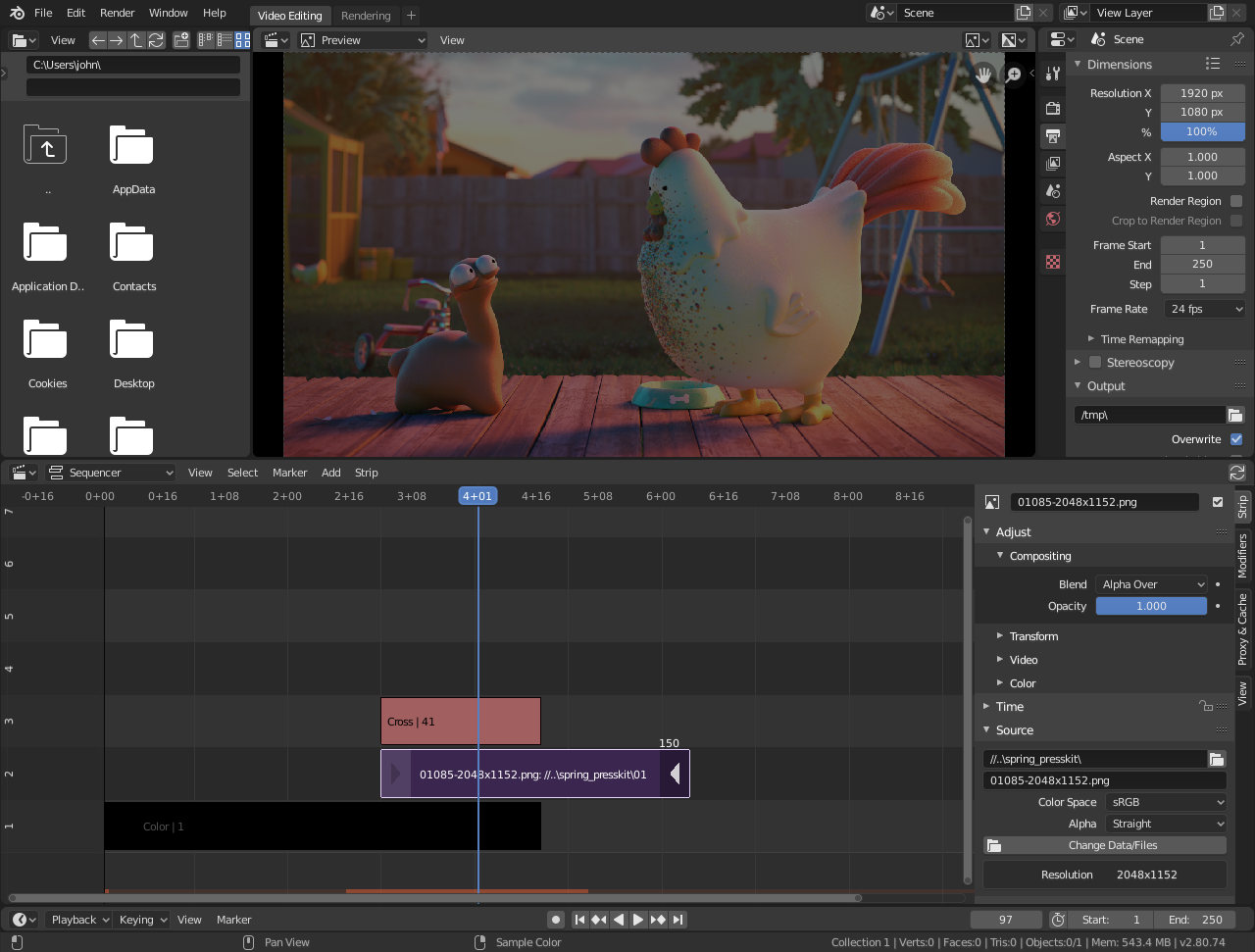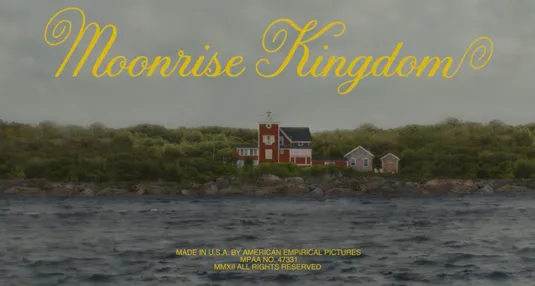The creation of a music marketing campaign was no easy feat. It was a long arduous process that couldn't have been done without collaboration. The foundation of the marketing campaign was based upon the early decisions of our group. Our initial focus was on the music video aspect of the project. Therefore, we chose a song that we believed we could easily portray. Following that, we created our artist and the audience she would be marketed towards. We then proceeded to move onto the actual production of the music video.
Before we could make a music video, we needed a plan in the form of a storyboard. Therefore, we decided to join a zoom call and brainstorm the ideas for it. As Kristen, Keira, and Amani laid most of the groundwork for the angles and story of the music video, I began creating the storyboard as we talked. Within an hour, our plan was fully mapped out and all that was left was for me to finish the actual storyboard.
Upon completion of the storyboard, the music video was the next task. Filming a music video with the limitations of online class was something we had to consider. As a result, we ended up deciding on one person to take the responsibility of taking all the shots and recording the actual material. The rest of the group would be assigned as editors. One problem that arose with this decision was that we had to entirely rely on one person for our shots. Therefore, if we thought something should be reshot then we needed to contact that person and wait for them to resend it to us. Fortunately, there were not many reshoots necessary and editing went smoothly.
The last step of the project was to formulate our presentation. We opted for a simple google slides to present all our information. Keira used her digital skills to help the PowerPoint be visually appealing and attention grabbing. We promptly divided up the necessary slides and worked on them individually. Then, we all came together to review all the slides and made any edits we thought were necessary. Lastly, we figured out who would present each slide and who would be sharing the presentation from their computer.
Overall, I found the project extremely helpful in not only understanding the whole process of marketing but also the application of it. I am glad the project was a group assignment because it helped with the division of labor, but also because it gave people to bounce ideas off of. The aspect I believe will be most helpful in developing my Cambridge portfolio is practicing the skill of research and applying it to our scenario.



